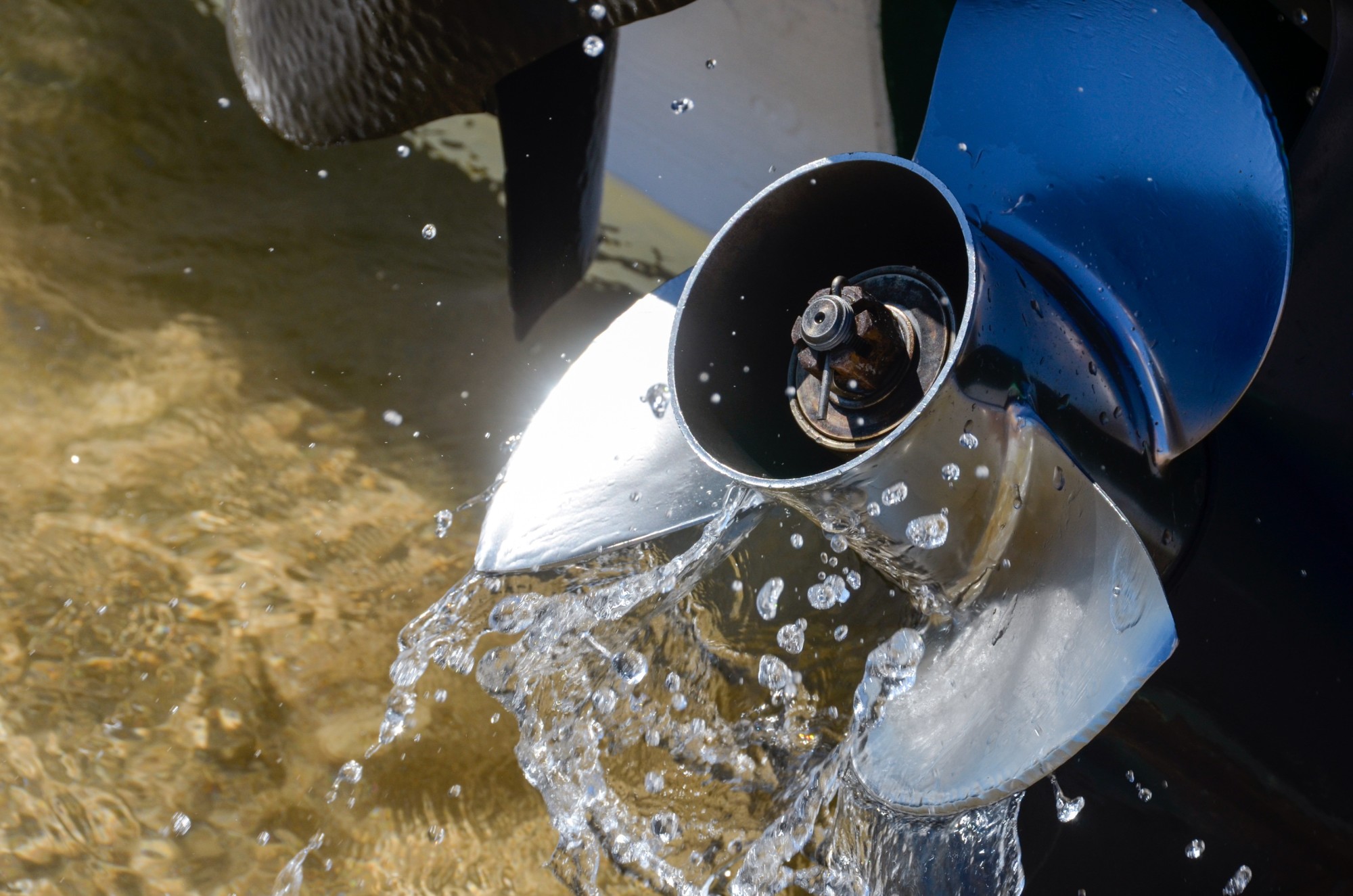A Newbie’s Guide to Choosing the Right Boat Propeller

Every boat owner loves the feeling of jetting across the water on a clear day. It’s intoxicatingly freeing; there’s nothing to beat it.
One essential part of your boat makes this feeling possible: the propeller. If you want to ensure you get the best experience out of your boat, it’s vital to choose the right propeller.
There’s quite a lot to choose from in the average boat propeller selection. The choice is difficult, especially if you don’t have any information to go off of.
Luckily, we’ve prepared this boat propeller selection guide just for you! Read on for some tips on how to select a boat propeller to match your boat perfectly!
Boat Propeller Identification
If you’re new to boating, chances are a lot of the propellers you see look more or less the same. How, you wonder, are you supposed to tell which is better for your boat?
When you want to identify the differences between propellers, there are a few numbers to look for. The first number names the diameter of the prop. The diameter is twice the distance from the hub to the blade tip.
The second number is the pitch, which always follows the diameter. Pitch is the distance the propeller would move forward if it were moving through a softer solid in one rotation.
If this sounds confusing, imagine a screw turning into a plank of wood. How far does that screw press into the wood with one full turn? That’s the equivalent of a propeller’s pitch.
Boat Propeller Selection
Once you identify the diameter and pitch, you can figure out what kind of propeller will work with your boat. First, figure out your boat’s wide-open throttle power operating range.
You can find this range in your operator’s manual, expressed as horsepower/rpm. The correct propeller enables you to produce the most horsepower at your lowest rpm.
From here, determine the level of pitch you need. You can figure this out based on whether your engine over-revs past the maximum rpm your manufacturer recommends.
If this happens, increase the pitch by about 2 inches. Doing so should cause a drop of approximately 200-400 rpm.
You can determine all of this information using your current propeller before you set about selecting the right propeller for your boat.
Further Considerations
If the information above seems like it wouldn’t narrow down much, that’s because it won’t. Using those qualifications, a broad number of propellers could work for your boat.
However, there are other considerations you should bear in mind. For instance, do you use primarily use your boat for water sports, like skiing or tubing? If so, you’d want a propeller with a higher pitch.
Typically, water sports activities require inboard propellers. If you’re interested in learning more about these, click all about inboard boat props.
Get The Propeller That Suits Your Needs
A boat propeller only needs to meet a few requirements to work for your boat. This leaves you free to experiment around and see what gives your boat the desired effect. Check out some propellers and see what works for you.
If you liked this article and want to see more content like this, be sure to check out the rest of our blog.



